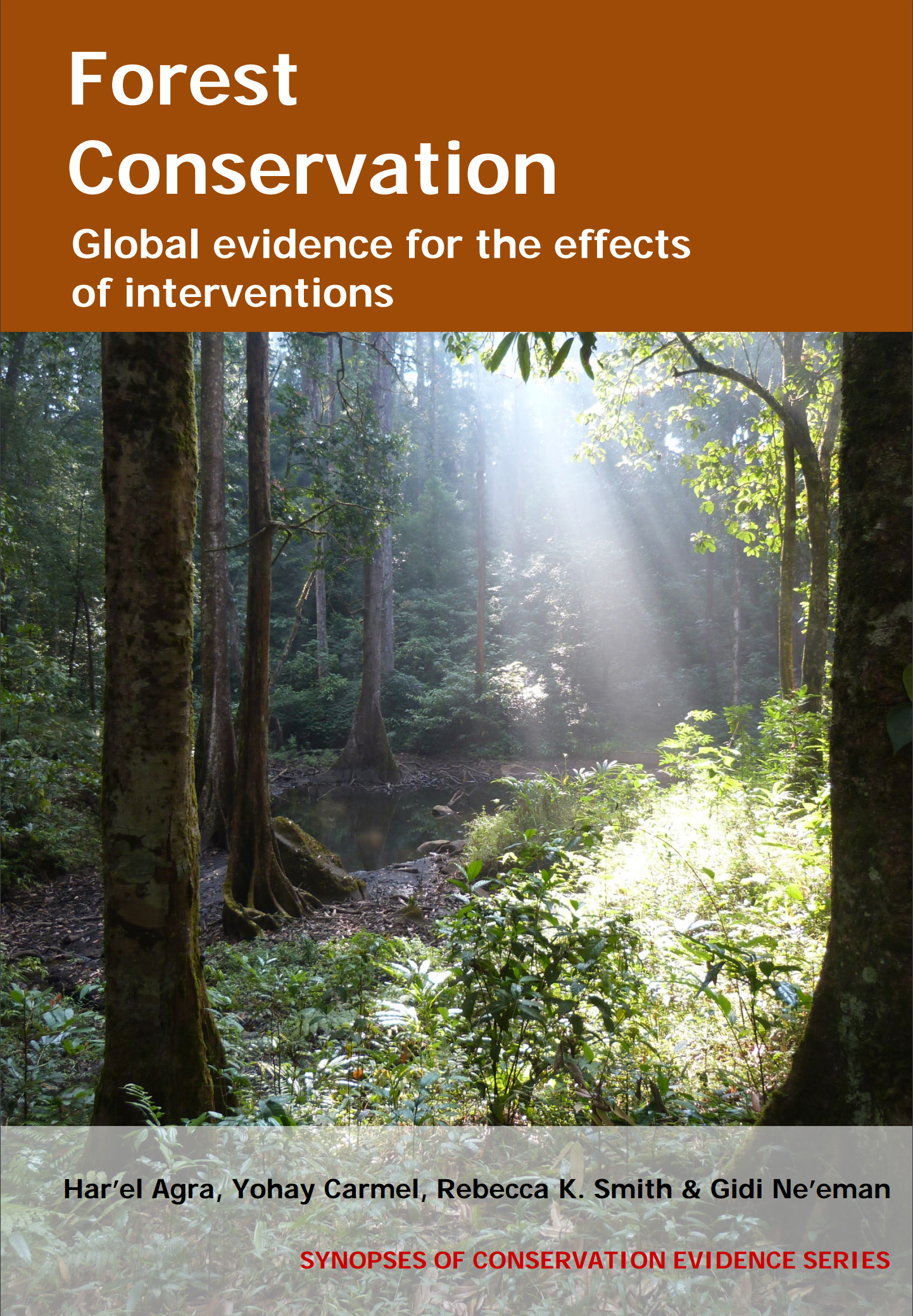Control rodents
-
Overall effectiveness category Unknown effectiveness (limited evidence)
-
Number of studies: 1
View assessment score
Hide assessment score
How is the evidence assessed?
-
Effectiveness
10% -
Certainty
10% -
Harms
50%
Study locations
Supporting evidence from individual studies
A controlled study in temperate mixed forest in New Zealand (Burns et al. 2011) found that rodent control decreased native plant species richness, but did not affect total plant species richness. The number of native plant species/plot was lower in rodent control plots (33) than untreated plots (38). The numbers of non-native plant species/plot (untreated: 4; rodent control: 3) and total vascular plant species/plot (untreated: 40; rodent control: 37) were similar between treatments. Plants were monitored in 400 m2 plots in each of 14 untreated and 27 rodent control forest fragments. Control was carried out using trap stations, largely for ship rats Rattus rattus and house mice Mus musculus.
Study and other actions tested
Where has this evidence come from?
List of journals searched by synopsis
All the journals searched for all synopses
This Action forms part of the Action Synopsis:
Forest Conservation
Forest Conservation - Published 2016
Forest synopsis





)_2023.JPG)














